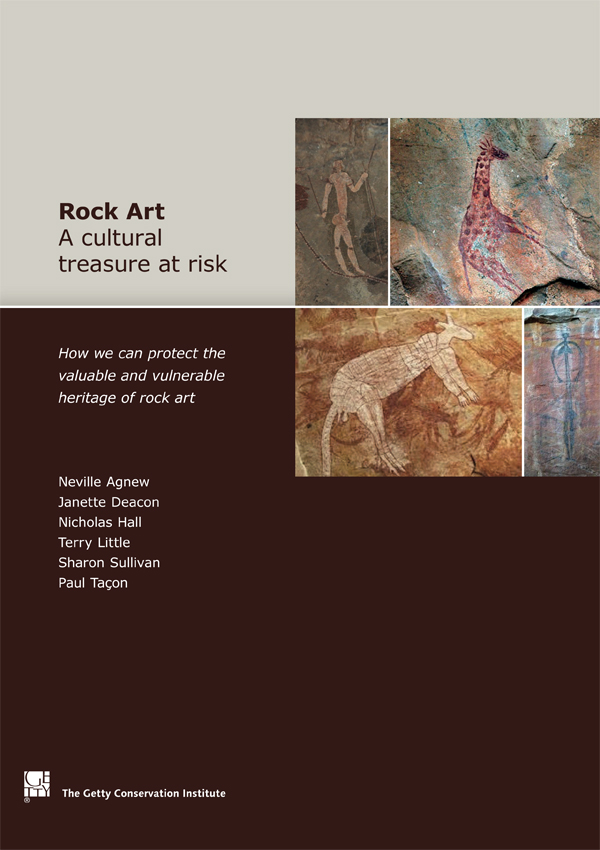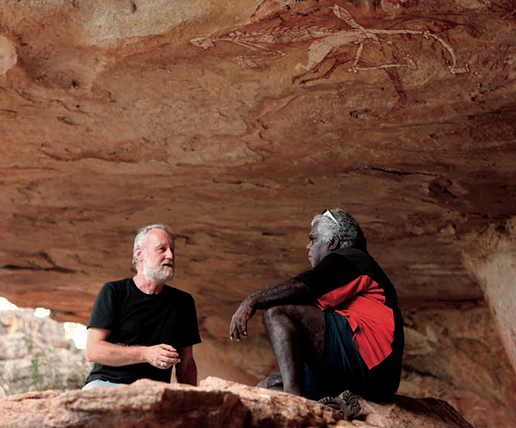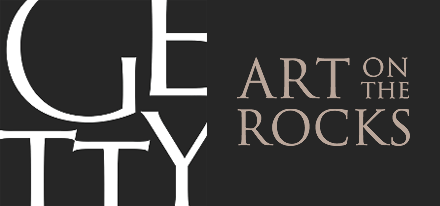 |
 |
PROTECTING THE HERITAGE OF ROCK ART |
'Rock Art: A cultural treasure at risk: How we can protect the valuable and vulnerable heritage of rock art', by Neville Agnew, Janette Deacon, Nicholas Hall, Terry Little, Sharon Sullivan and Paul Taçon.
| Neville Agnew |
 |
Janette Deacon |
 |
Nicholas Hall |
 |
 |
 |
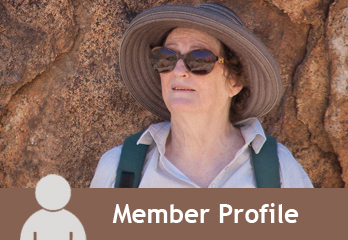 |
 |
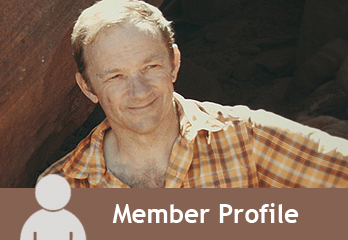 |
 |
| Terry Little |
 |
Sharon Sullivan |
 |
Paul Taçon |
 |
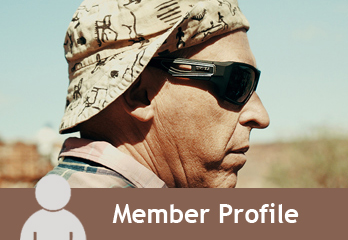 |
 |
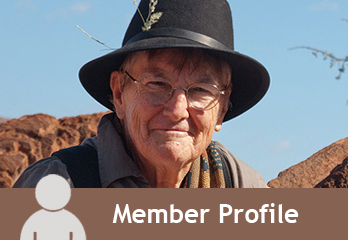 |
 |
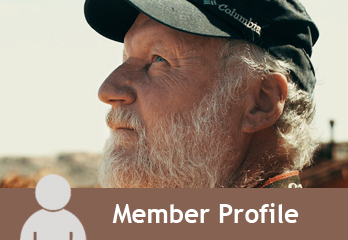 |
| The four pillars for rock art conservation and protection identified in 'Rock Art: A cultural treasure at risk': |
 |
| I. Public and political awareness |
 |
| II. Effective management systems |
 |
| III. Physical and cultural conservation practice |
 |
| IV. Community involvement and benefits |
Between 2005 and 2011 the Getty Conservation Institute organized a series of rock art management courses and workshops as part of the Southern African Rock Art Project (SARAP) in collaboration with various southern African organizations.
From 2012 to 2014 the project was extended to include an exchange program between rock art specialists, managers, and custodian communities from southern Africa and Australia. In 2014, a Forum was held in Kakadu National Park between African and Australian rock art colleagues as a culmination of the learning from the SARAP and the African-Australian Exchanges.
This document is the result of the deliberations from this work, including strong input from traditional owners of rock art sites and the participation of the Trust for African Rock Art. All of the experience of the work in Africa and Australia and the knowledge of those who participated in activities widely across both continents is reflected in this document.
While the document in its present form focuses on experience of examples from Africa and Australia, it sets out a vision for the future conservation of rock art which will be relevant to rock art conservation in many regions of the world. The issues it identifies and the foundation principles and actions it proposes are based on internationally recognized and well-founded conservation management principles. It is hoped this document will be widely disseminated, used, critiqued and over time be adapted and improved.
→
Art on the Rocks
Like us on Facebook & Follow us on Twitter to receive news & updates:









